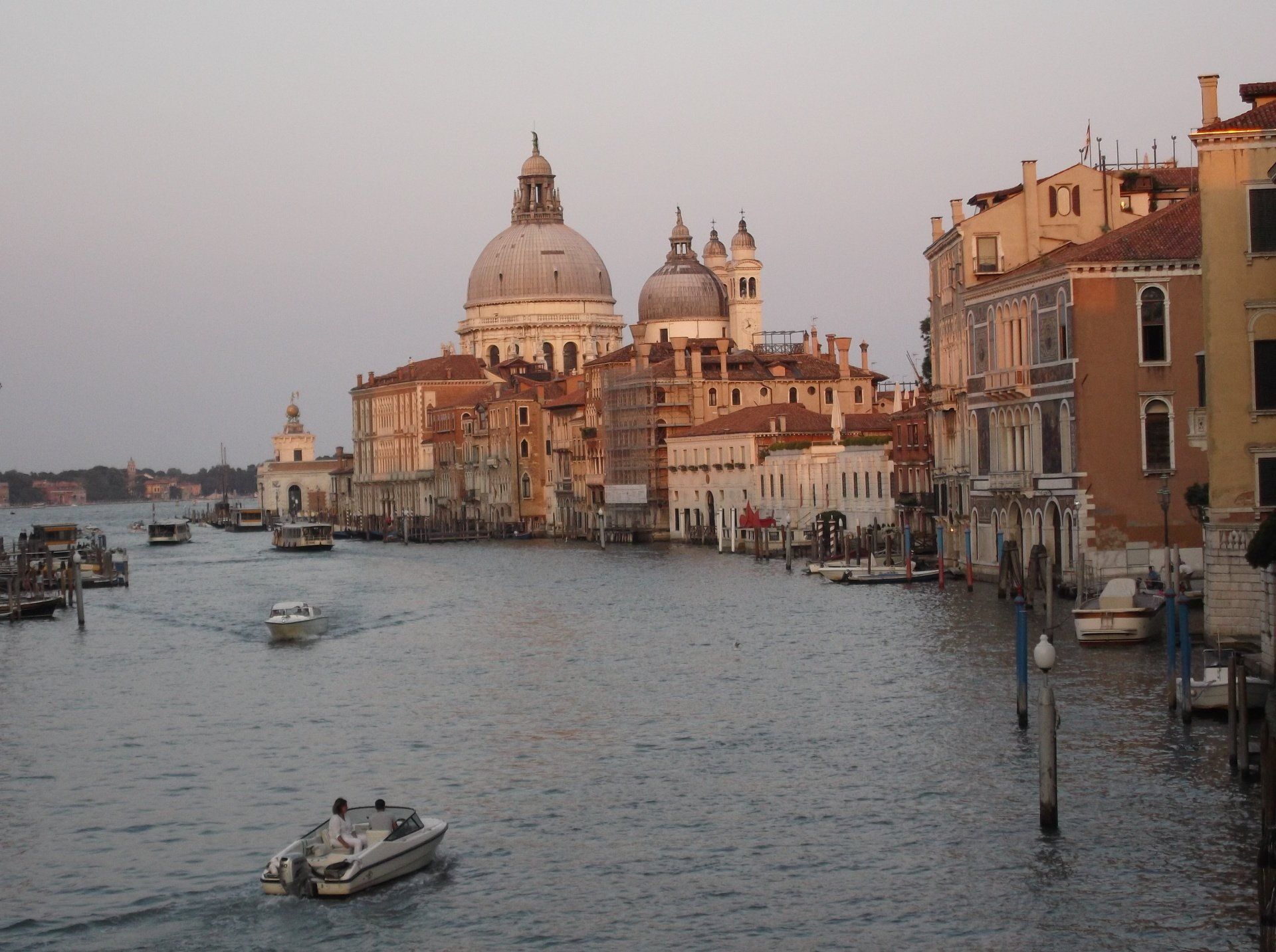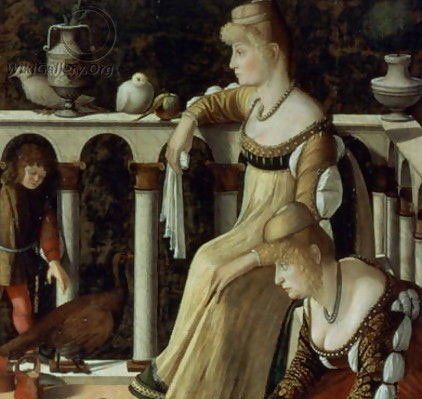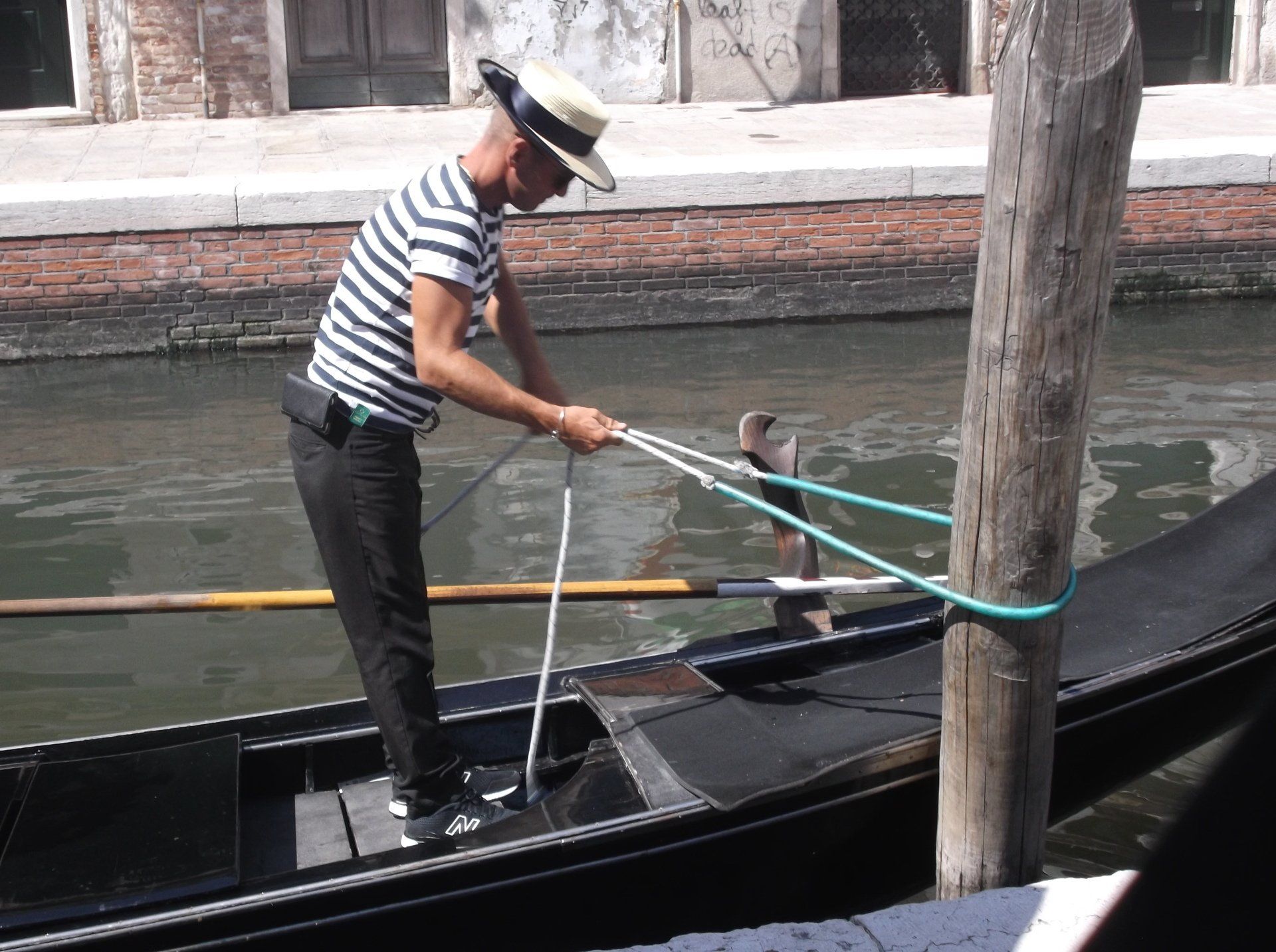IT'S FOR REAL!
Margaret Cameron • September 29, 2021
After all this time and writing and research, all those edits and redrafts, countless workshops and mentoring sessions, I can now say that it's official. My manuscript, 'Under a Venice Moon' will be published by Hachette Australia in April next year. I'm both delighted and grateful. More news to follow when I come down to earth!

The petrochemical plant at Port Maghera has been responsible for significant pollution and damage to the fragile lagoon ecosystem. It is justifiably held by many Venetians to be public enemy number one. Just as concerning is the impact of climate change and rising sea levels for a city built on water. Worrying issues indeed, and there is another problem - sometimes overlooked, often discounted - of equal significance. arm photo here to side of text. Venice belongs to the world. And the world agrees, it seems, if tourist numbers are anything to go by. Visitors from all parts of the globe descend on the city each year, totting up more than twenty-five million visitations. This represents an environmental impost to a geographically small area, and massive disruption in the day-to-day lives of its fifty-five thousand residents. Look at it from their point of view. Their city is consumed by tourists.

In the fifteenth century, Venetian painter Vittore Carpaccio put brush to canvas and came up with this famous work. It was entitled The Courtesans, and showed two women awaiting their male callers. Thus the matter rested for centuries. Recent technical analysis, however, has put the cat among the pigeons by confirming that the women were not courtesans at all. Far from it: they were in fact noblewomen awaiting the return of their husbands. How had this mistake come about? The painting had been divided and displayed as two separate panels - the upper section became known as Hunting in the Lagoon, the lower section as The Courtesans. But taken as a single work - as Carpaccio intended - changed matters. The women were clearly passing the time while their husbands persued the aristocratic activity of duck hunting. It underscores the point that many of the city's top sex-sellers were, in appearance, demeanour and lifestyle, the equal of noblewomen.


